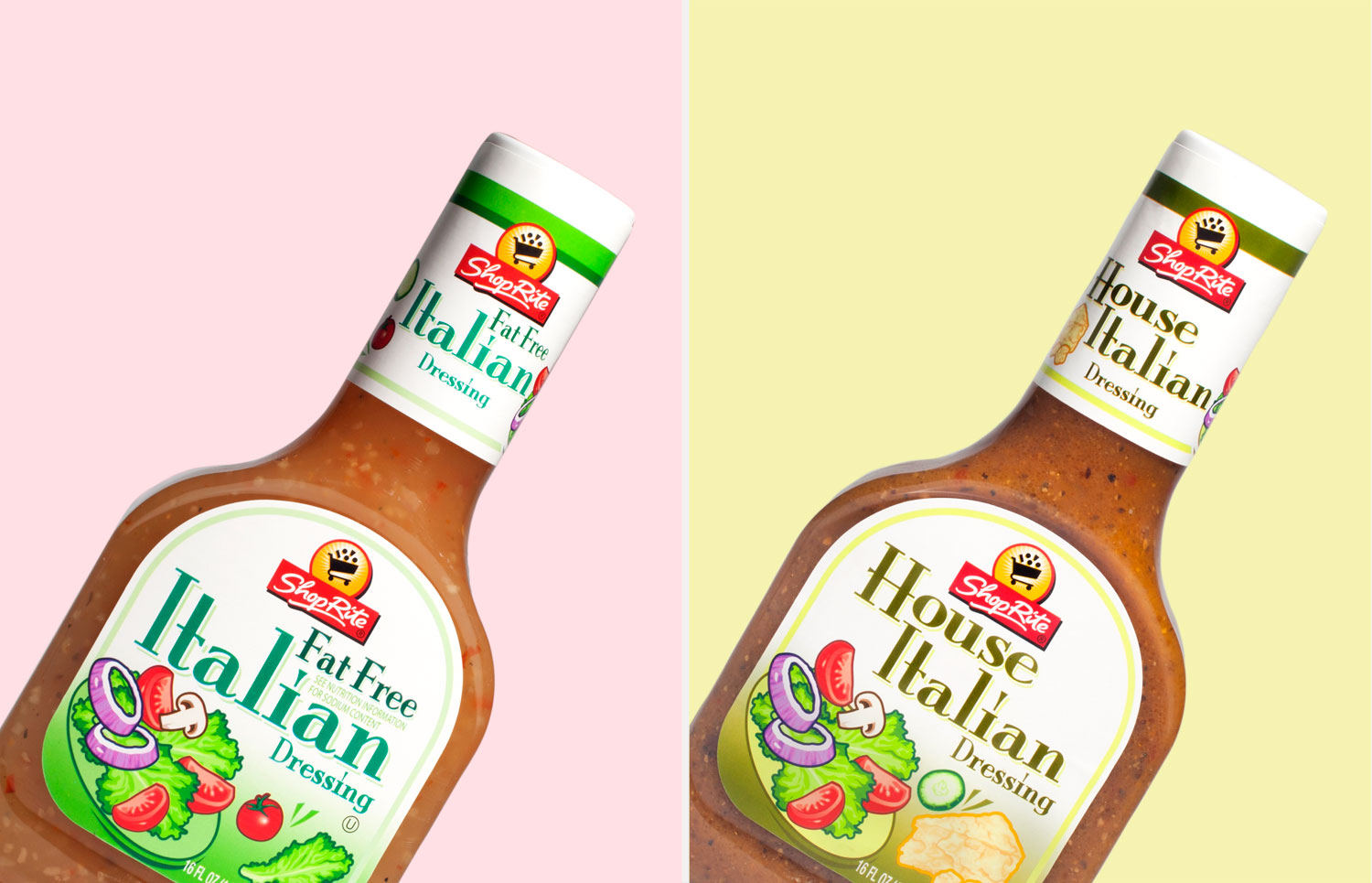Welcome to Should I Eat This?—our weekly poll of five experts who answer nutrition questions that gnaw at you.

3/5 experts say yes.
You might be surprised to hear that red meat gets the green light from the majority of our experts. But before you start a “bacon” chant at your desk, you’ll want to hear their caveats. A license to freebase filet mignon this is not.
Red meat can be beef, veal, lamb and even pork—which tries to lump itself in with white meats like chicken, but since it comes from a mammal, most experts insist it’s red. Even within the family, though, red meats are not all equal. Processed meats like bacon, sausages, bologna are mostly terrible for you, and are distinct from simple slabs. “Studies find a strong association between processed meat and bad outcomes, but no such association for pure meat,” says David Katz, MD, director of the Yale University Prevention Research Center.
Unadulterated lean red meat offer of high-quality protein, iron and a spectrum of B vitamins, says Penny M. Kris-Etherton, PhD, RD, professor of nutrition at Penn State University. That said, here in America, we’re in no danger of eating too little protein. “I think the key is moderation in lean beef intake,” Kris-Etherton says. Stick to dietary recommendations for lean protein: a couple ounces a day.
MORE: Ending the War On Fat
Other experts think meat currently has far too big a place in the diet and should be limited to 1 time per week or less, according to Julia Zumpano, an RD at Cleveland Clinic’s Heart & Vascular Institute. The best cuts are the leanest ones, like loin, tenderloin, sirloin, filet or flank, she says.
Got a beef with beef? If you don’t already eat it, there’s no reason to add it, most of the experts say. “Protein deficiency in the U.S. is all but unknown in people who aren’t overtly sick,” Katz says, so vegetarians do just fine without it. Many do more than fine. In fact, the longest-lived Americans are pescetarians, says Dan Buettner, an author and researcher who studies the diets of the oldest people in the world in his forthcoming book The Blue Zones Solution: Eating and Living Like the World’s Healthiest People. Interestingly, members of the longest-lived populations do tend to eat red meat, but very sparingly, only about five servings a month, Buettner found. “Red meat was a celebratory food, or it was something that was more of a condiment, not the main feature of a meal,” he says. When it shows up on the plates of the healthiest people in the world, it’s far less than a two-ounce hunk.
MORE: What Red Meat Does To Your Gut Bacteria—And Heart
That’s how dietitian Karen Ehrens encourages people to think about meat: a flavorful flourish rather than a slab at the center of the plate. Eating less is better for our health and for the environment, a huge concern for some of the experts. If you choose to eat red meat, eat the best red meat you can, Ehrens says, because what’s good for livestock seems to be good for us, too. “Evidence continues to emerge in that what cattle eat impact the make-up of their meat and milk,” she says. Indeed, meat from grass-fed cows has lower saturated fat and more heart-healthy omega-3s.
So if you’re carnivorous, chow down—in moderation.
Read next: Should I Eat Whole-Wheat Pasta?
Listen to the most important stories of the day.
QUIZ: Should You Eat This or That?
















More Must-Reads from TIME
- Why Trump’s Message Worked on Latino Men
- What Trump’s Win Could Mean for Housing
- The 100 Must-Read Books of 2024
- Sleep Doctors Share the 1 Tip That’s Changed Their Lives
- Column: Let’s Bring Back Romance
- What It’s Like to Have Long COVID As a Kid
- FX’s Say Nothing Is the Must-Watch Political Thriller of 2024
- Merle Bombardieri Is Helping People Make the Baby Decision
Write to Mandy Oaklander at mandy.oaklander@time.com